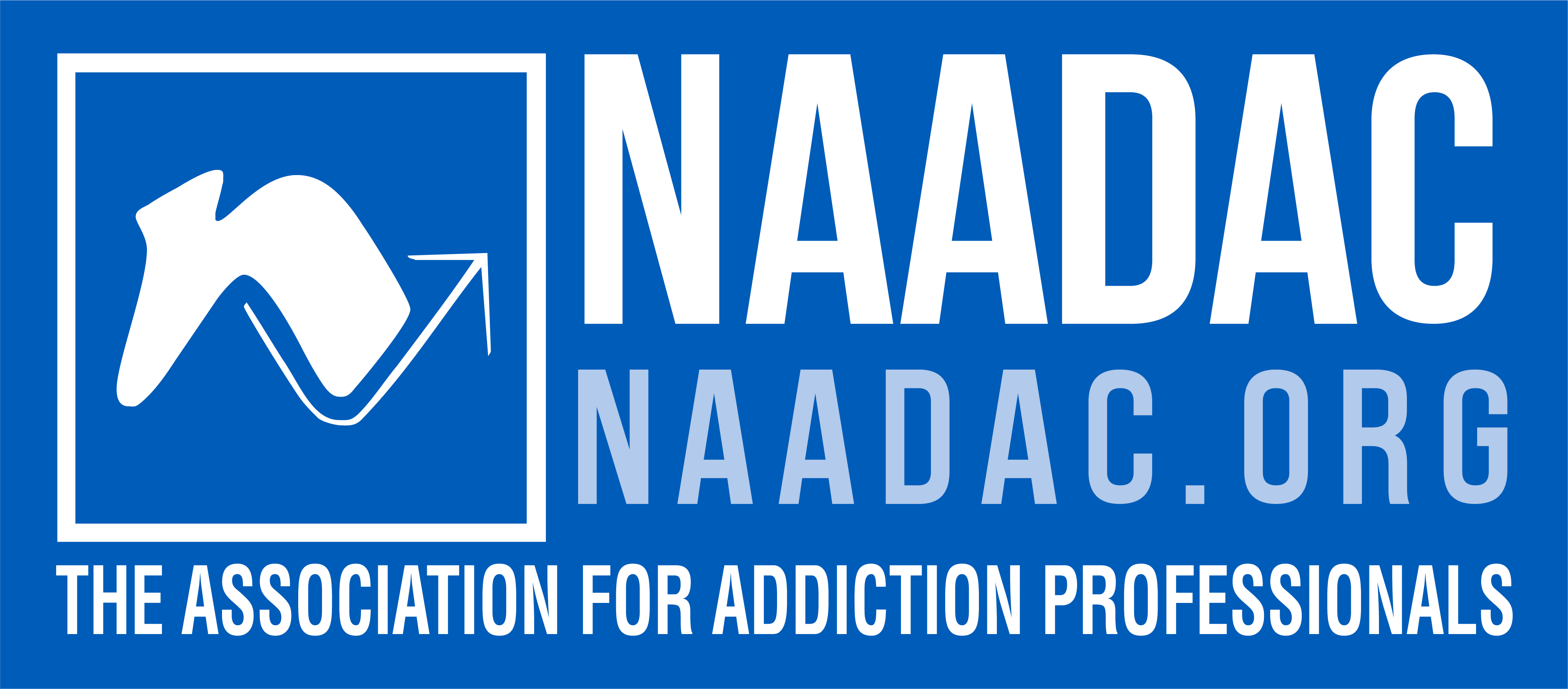Opiates, renowned for their potent analgesic properties, are crucial in alleviating acute and chronic pain. Healthcare professionals frequently prescribe these powerful drugs to relieve a range of conditions. However, opiates extend beyond pain management and can also be found in medications that suppress persistent cough and diarrhea. Let’s explore the different categories of opiates and opioids and shed light on their diverse nature.
Semi-synthetic Opiates:
Derived from natural opiates, semi-synthetic opiates undergo chemical modifications in laboratories to enhance their effectiveness and tailor their properties. These medications offer a middle ground between natural and fully synthetic opiates, combining elements of both.
Fully Synthetic Opiates:
Fully synthetic opiates are created entirely in laboratories and do not have a natural origin. They are designed to mimic the effects of natural opiates while providing precise control over their properties. This category includes many medications used for pain management and other therapeutic purposes.
Endogenous Opioid Peptides:
Unlike the previous two categories, endogenous opioid peptides are produced naturally within the human body. These substances, such as endorphins and enkephalins, act as natural pain relievers and mood regulators. They play a crucial role in modulating pain perception and promoting well-being.
Among the most common opiates, we encounter familiar names with diverse uses and consequences:
Morphine: A potent narcotic analgesic prescribed for acute and chronic pain management. It is also utilized as a sedative before surgical procedures. Available in various preparations, including liquids, tablets, and suppositories, morphine has long been a cornerstone in pain relief.
Codeine: Known for its antitussive properties, codeine is commonly used to treat coughs and moderate pain. Typically available in syrup and pill form, it is often combined with other medications, such as acetaminophen, to enhance its effectiveness.
Heroin: Derived from morphine, heroin is a highly addictive semi-synthetic opiate. Unfortunately, its abuse has become a growing crisis, leading to devastating consequences. Users administer heroin through injection, inhalation, or snorting, and its misuse can result in severe health conditions, infectious diseases, and fatal overdoses.
Fentanyl: An incredibly potent synthetic opiate, fentanyl is used for severe pain management during childbirth and major surgeries. It boasts a staggering potency 50 to 100 times stronger than morphine. Unfortunately, fentanyl has also become prevalent in the illicit drug market due to its ease of manufacture and high profitability, exacerbating the ongoing crisis.
It is crucial to approach opiates cautiously, recognizing their potential benefits and the risks associated with misuse and addiction. The responsible use of these medications under medical supervision remains essential to ensure their effectiveness while minimizing harm. Together, we can navigate the complex landscape of opiates, striving for a safer and healthier future.













